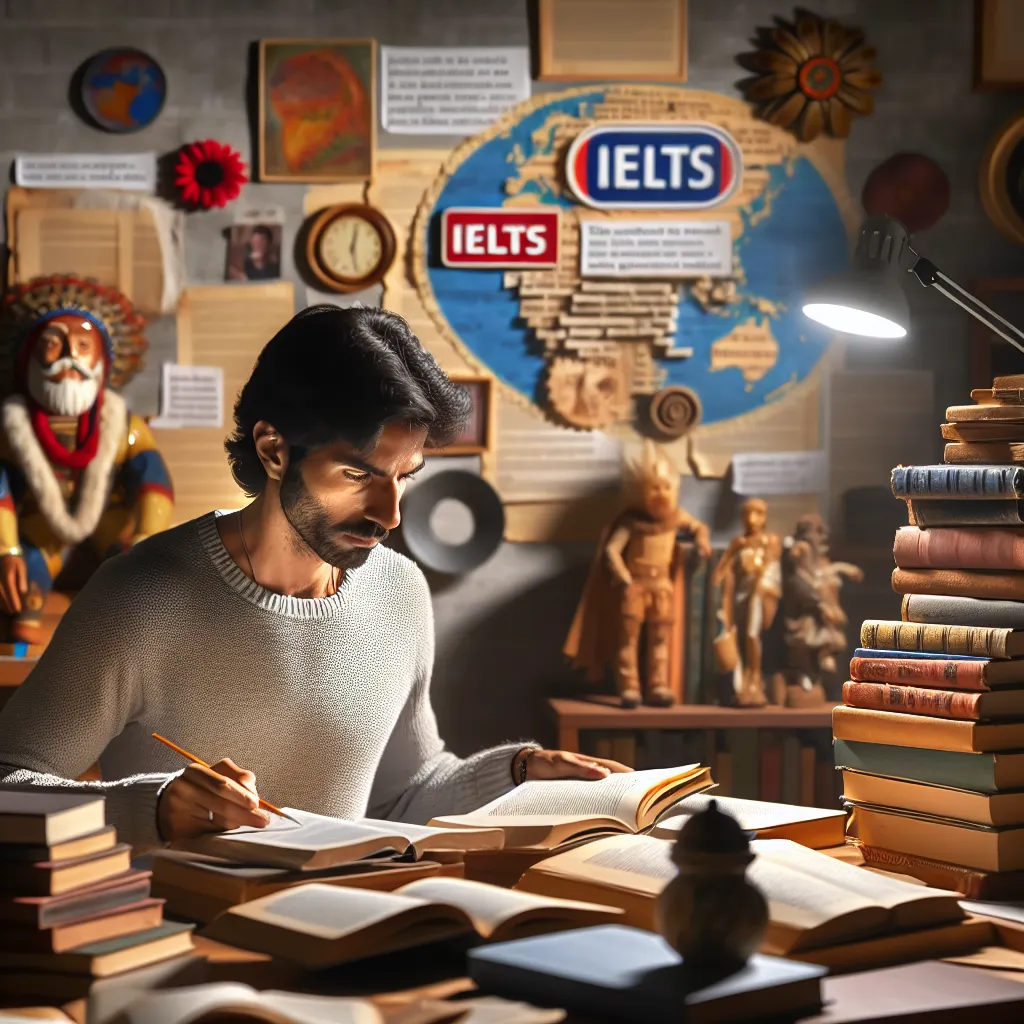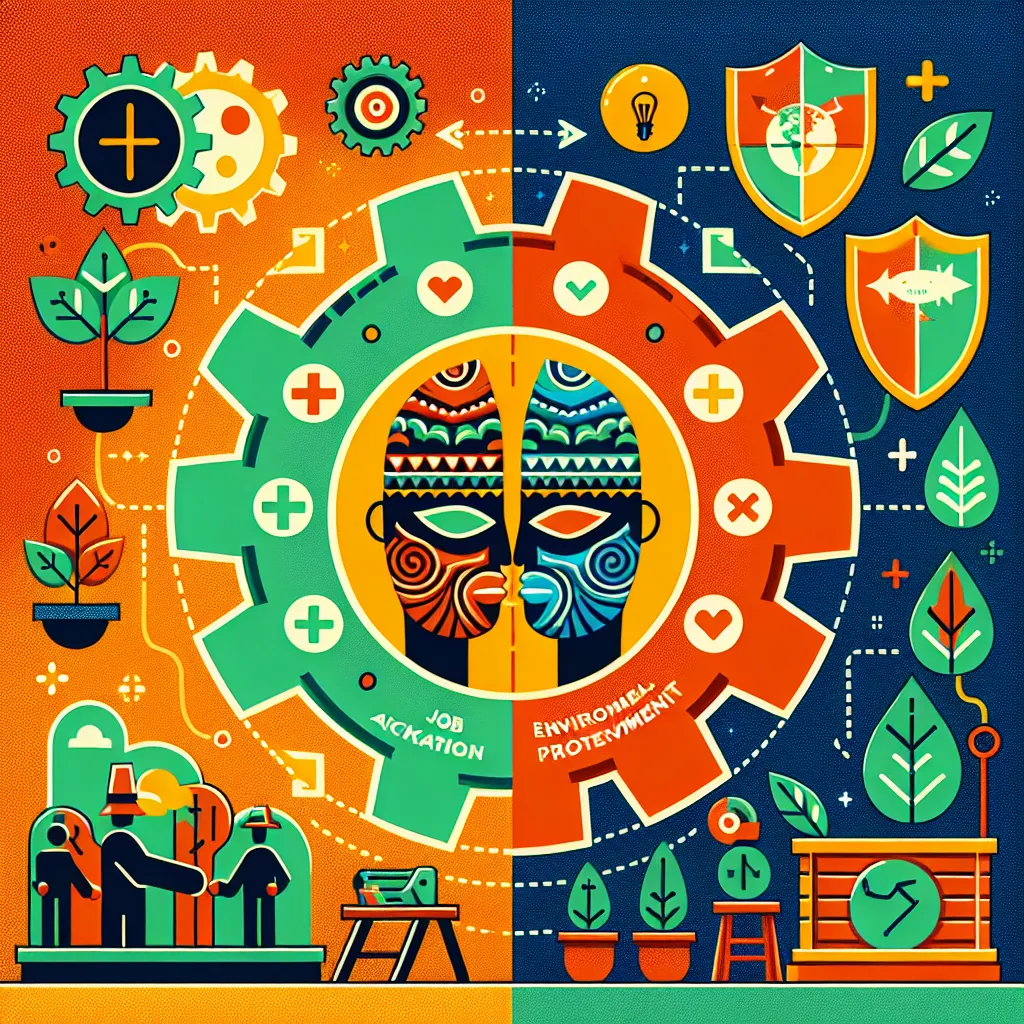The role of arts and culture in fostering creativity is a topic that has gained significant attention in recent IELTS Writing Task 2 exams. Based on an analysis of past exam questions and current trends, it’s highly likely that this theme will continue to appear in future tests. Let’s explore some sample questions and provide model essays to help you prepare for this important subject.
Table Of Contents
 IELTS Writing Task 2 Preparation
IELTS Writing Task 2 Preparation
Sample Question and Analysis
Let’s focus on the following question, which is representative of the type you might encounter in the IELTS Writing Task 2:
Some people believe that governments should fund art galleries and museums. Others think that money should be spent on more important things. Discuss both views and give your own opinion.
Question Analysis:
This question addresses the role of arts and culture in society, specifically focusing on government funding for cultural institutions. It requires you to:
- Discuss the view that governments should fund art galleries and museums
- Discuss the opposing view that money should be spent on other priorities
- Provide your own opinion on the matter
Remember to maintain a balanced approach while clearly stating your position. Now, let’s look at sample essays for different band scores.
Sample Essays
Band 8-9 Essay
In recent years, there has been ongoing debate about whether governments should allocate funds to support art galleries and museums or prioritize other areas of public spending. While both perspectives have merit, I believe that investing in cultural institutions is crucial for societal development and should be a priority for governments.
Those who advocate for government funding of art galleries and museums argue that these institutions play a vital role in preserving and promoting cultural heritage. Museums and galleries serve as repositories of human creativity and historical artifacts, offering invaluable educational experiences to visitors of all ages. Moreover, they contribute significantly to the tourism industry, attracting both domestic and international visitors, which in turn boosts local economies. By supporting these cultural spaces, governments invest in the intellectual and creative growth of their citizens, fostering a more well-rounded and culturally aware society.
On the other hand, opponents of this view contend that there are more pressing issues that require government funding. They argue that resources should be directed towards essential services such as healthcare, education, and infrastructure development. In times of economic hardship or when facing urgent societal challenges, it may seem frivolous to allocate funds to art galleries and museums. This perspective emphasizes the immediate tangible benefits of investing in basic necessities and public services that directly impact citizens’ daily lives.
In my opinion, while it is undoubtedly important to address fundamental societal needs, the value of arts and culture should not be underestimated. A balanced approach that includes funding for both essential services and cultural institutions is ideal. Governments can allocate a reasonable portion of their budget to support museums and galleries without compromising other critical areas. The long-term benefits of cultural investment, including enhanced creativity, critical thinking skills, and a deeper understanding of our shared heritage, contribute to a more innovative and cohesive society.
In conclusion, while the debate over government funding priorities is complex, I believe that supporting art galleries and museums is a worthwhile investment. By nurturing cultural institutions alongside other essential services, governments can create a more balanced and prosperous society that values both practical needs and the enriching power of arts and culture.
(Word count: 345)
Band 6-7 Essay
There is a debate about whether governments should spend money on art galleries and museums or use it for more important things. Both sides have good points, and I will discuss them before giving my opinion.
Some people think governments should fund art galleries and museums. These places are important for keeping our culture alive and teaching people about history and art. They help students learn outside of school and can make cities more attractive to tourists. This can bring money to the local economy. Also, having access to art and culture can make people’s lives better and help them be more creative.
However, others believe that government money should go to more important things. They say that basic needs like healthcare, education, and roads are more urgent. In some countries, there are problems like poverty or poor healthcare that need to be fixed first. These people think that art galleries and museums are nice to have, but not necessary when there are bigger problems to solve.
In my opinion, both views have good points, but I think a balance is possible. Governments should first make sure that basic needs are met, but they should also set aside some money for art and culture. Museums and galleries don’t need as much money as hospitals or schools, but they are still important for society. They can help people learn, be creative, and understand different cultures, which is very valuable.
To conclude, while it’s important to spend money on essential services, I believe that funding art galleries and museums is also necessary. Governments should try to support both practical needs and cultural institutions to create a well-rounded and healthy society.
(Word count: 273)
Band 5-6 Essay
Some people think governments should give money to art galleries and museums. Other people think the money should go to more important things. I will talk about both ideas and give my opinion.
People who want money for art galleries and museums say these places are good for society. They teach us about history and art. Students can learn a lot from visiting them. Tourists also like to visit museums and galleries, which can help the city make money. Art and culture make people’s lives better and help them be more creative.
But other people say the government should spend money on more important things. They think healthcare, schools, and roads need the money more. Some countries have big problems like not enough food or bad hospitals. These people think art is nice but not as important as these big problems.
I think both ideas are good, but we need to find a middle way. Governments should first make sure people have what they need to live, like good hospitals and schools. But they should also give some money to art galleries and museums. These places don’t need as much money as hospitals, but they are still important. They help people learn new things and understand different cultures.
In conclusion, I believe governments should try to support both important services and art galleries and museums. This will help make a good society where people have what they need and can also enjoy art and culture.
(Word count: 234)
Explanation of Band Scores
Band 8-9 Essay Explanation:
This essay demonstrates excellent writing skills and a sophisticated approach to the topic:
- Task Response: The essay fully addresses all parts of the task, presenting a well-developed response with relevant, extended ideas.
- Coherence and Cohesion: Ideas are logically organized with clear progression throughout. Paragraphs are well-linked, and cohesive devices are used effectively.
- Lexical Resource: A wide range of vocabulary is used with very natural and sophisticated control of lexical features.
- Grammatical Range and Accuracy: A wide range of structures is used with full flexibility and accuracy.
Band 6-7 Essay Explanation:
This essay shows a competent handling of the task with some good points:
- Task Response: All parts of the task are addressed, though some parts may be more fully covered than others.
- Coherence and Cohesion: Information and ideas are arranged coherently, and there is a clear overall progression.
- Lexical Resource: An adequate range of vocabulary is used for the task, with some attempts at less common vocabulary.
- Grammatical Range and Accuracy: A mix of simple and complex sentence forms is used, with generally good control and only occasional errors.
Band 5-6 Essay Explanation:
This essay addresses the task but with some limitations:
- Task Response: The essay addresses the task but may be repetitive or lack focus in parts.
- Coherence and Cohesion: The overall organization is apparent but not always logical. Paragraphs are present but may lack internal cohesion.
- Lexical Resource: A limited range of vocabulary is used, adequate for basic communication but lacking precision.
- Grammatical Range and Accuracy: A mix of simple and complex structures is attempted, but errors are frequent, particularly in complex sentences.
Key Vocabulary to Remember
-
Cultural heritage (noun) /ˈkʌltʃərəl ˈherɪtɪdʒ/ – The legacy of physical artifacts and intangible attributes of a group or society.
-
Foster (verb) /ˈfɒstə(r)/ – To encourage or promote the development of something.
-
Allocate (verb) /ˈæləkeɪt/ – To distribute resources for a particular purpose.
-
Repository (noun) /rɪˈpɒzɪtəri/ – A place where things are stored and can be found.
-
Frivolous (adjective) /ˈfrɪvələs/ – Not having any serious purpose or value.
-
Cohesive (adjective) /kəʊˈhiːsɪv/ – Characterized by or causing cohesion; unified.
-
Nurture (verb) /ˈnɜːtʃə(r)/ – To care for and encourage the growth or development of.
-
Tangible (adjective) /ˈtændʒəbl/ – Clear and definite; real.
-
Innovative (adjective) /ˈɪnəveɪtɪv/ – Featuring new methods; advanced and original.
-
Enriching (adjective) /ɪnˈrɪtʃɪŋ/ – Making someone wealthier or more knowledgeable.
Conclusion
The role of arts and culture in fostering creativity is a significant topic in IELTS Writing Task 2. By understanding the different perspectives and being able to articulate them clearly, you can excel in essays on this theme. Remember to practice writing essays on similar topics, such as:
- The importance of preserving traditional arts and crafts in modern society
- The role of public art in urban development
- The impact of cultural exchange programs on global understanding
We encourage you to practice writing an essay on the sample question provided and share it in the comments section. This active practice will help you improve your writing skills and prepare effectively for the IELTS exam.



